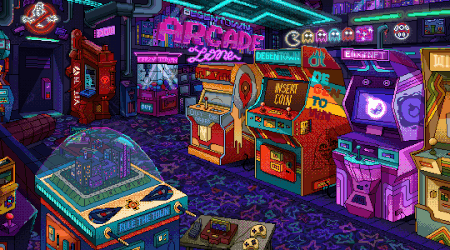An Interactive Universe Awaits
Welcome to Quenq, a living museum of digital history. We build unforgettable web experiences that bring back the magic of the early internet. Dive into our flagship Windows XP simulator or lose yourself in a massive arcade of classic Flash games.

Rediscover the golden age of browser gaming. The Quenq Arcade is a meticulously curated library of the best emulated Flash games. From legendary titles to hidden gems, we're preserving the legacy of browser-based fun with a focus on quality, performance, and pure nostalgia.

The Labs are our digital playground for bleeding-edge web experiments. This is the home of our flagship Reborn XP simulator, along with a growing collection of powerful tools, classic system emulators, and unique interactive toys. See what's possible when passion for detail meets the power of the browser.
We’re a community-driven preservation project. Join thousands of players, creators, and nostalgia fans on Discord. Share high scores, request features, or just relive the 2000s together.
